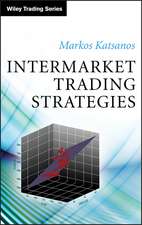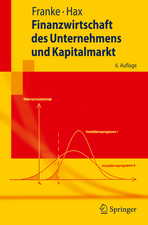Applications of Credit Derivatives. Opportunities and Risks Involved in Credit Derivatives: Wie Man in Mesopotamien Karriere Machte
Autor Harald Seemannen Limba Engleză Paperback – 29 feb 2008
Preț: 450.14 lei
Nou
Puncte Express: 675
Preț estimativ în valută:
86.17€ • 88.62$ • 71.49£
86.17€ • 88.62$ • 71.49£
Carte disponibilă
Livrare economică 30 ianuarie-13 februarie
Preluare comenzi: 021 569.72.76
Specificații
ISBN-13: 9783836658423
ISBN-10: 3836658429
Pagini: 104
Dimensiuni: 210 x 297 x 6 mm
Greutate: 0.27 kg
Editura: BoD
Locul publicării:Germany
ISBN-10: 3836658429
Pagini: 104
Dimensiuni: 210 x 297 x 6 mm
Greutate: 0.27 kg
Editura: BoD
Locul publicării:Germany














